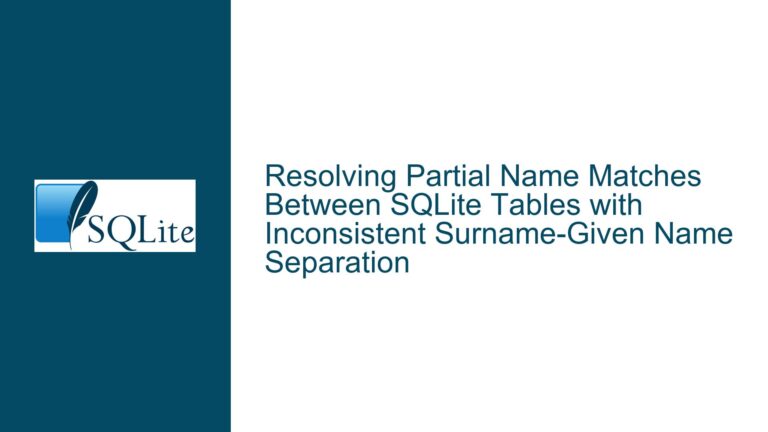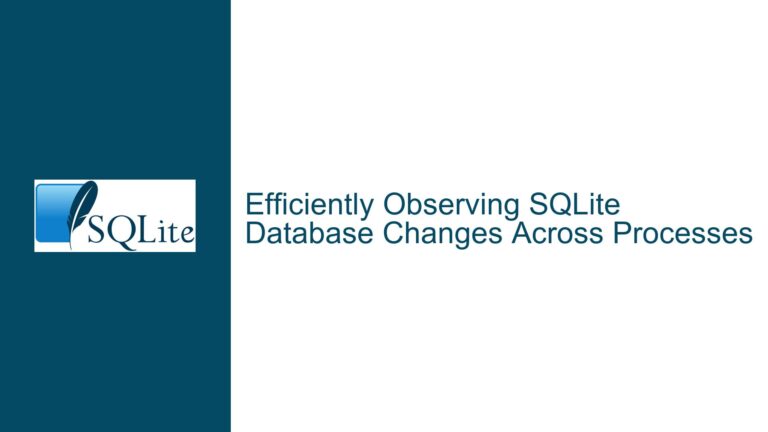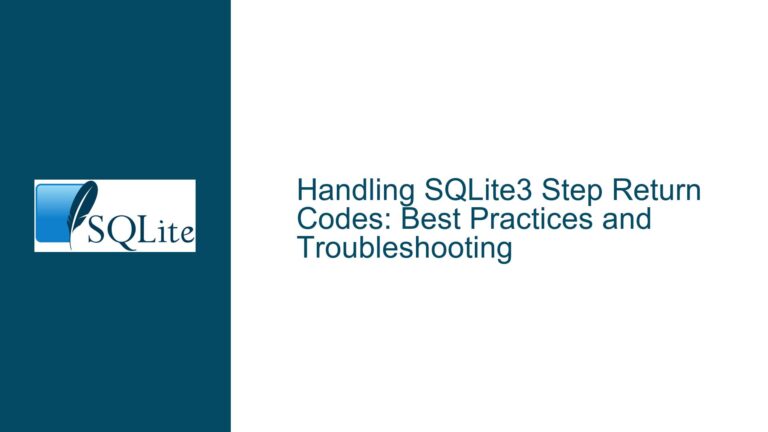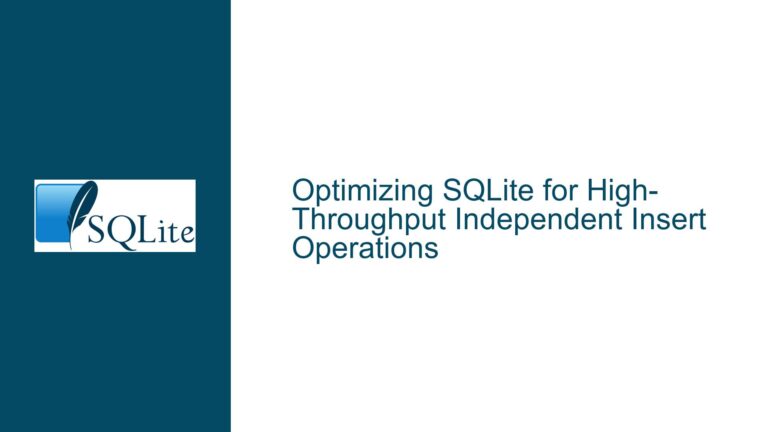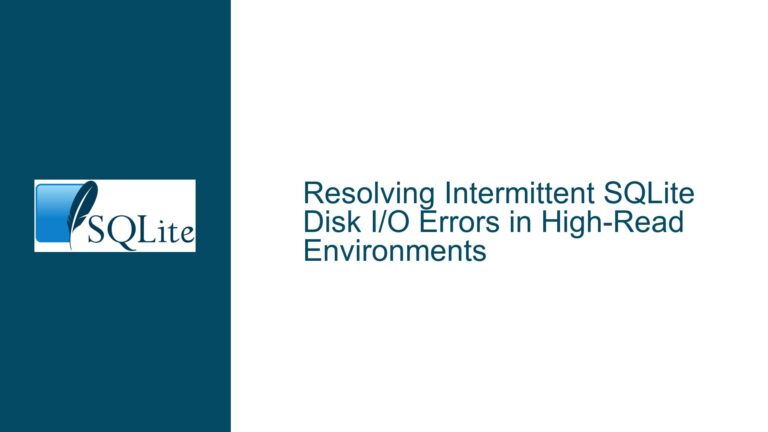Resolving Partial Name Matches Between SQLite Tables with Inconsistent Surname-Given Name Separation
Core Challenge: Ambiguous Name Segmentation and Cross-Table Matching Structural Obstacles in Name Data Normalization The problem revolves around matching records across two SQLite tables containing names with inconsistent separation of surnames and given names. The data originates from a governmental source with variable data entry practices, leading to ambiguous splits between surname and given name…
